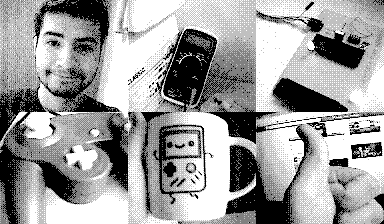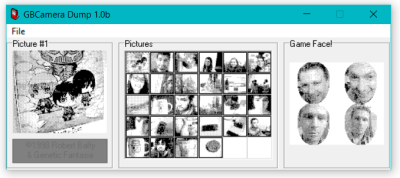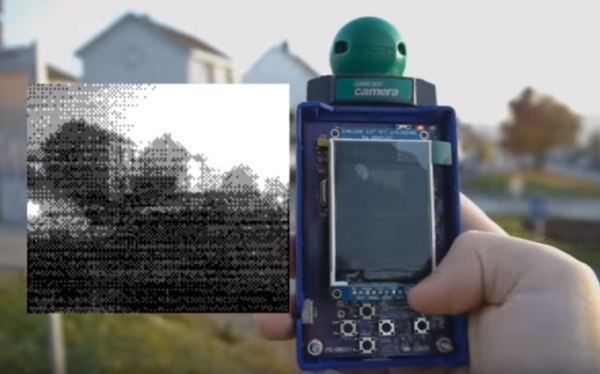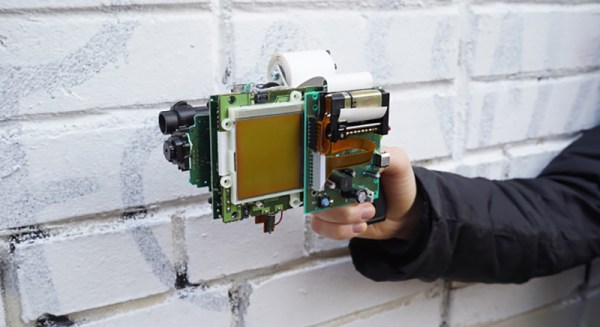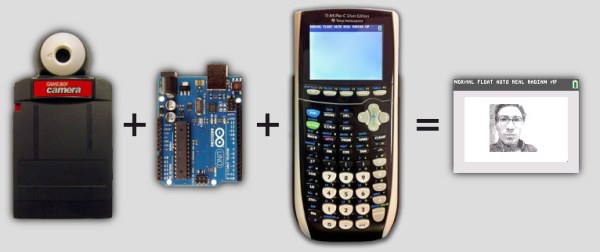The Game Boy Camera is a 128×112 pixel sensor from 1998 that was probably the first digital camera in many, many homes. There’s not much you can do with it now, besides replicate old Neil Young album covers and attempting and failing to impress anyone born after the year 1995. Nevertheless, screwing around with old digital cameras is cool, so [Alex] strapped one fo these Game Boy Cameras to an old telescope.
For any astrophotography endeavor, the choice of telescope is important. For this little experiment, [Alex] used a 6” Fraunhofer telescope built in 1838 at the Old Observatory of Leiden. The Game Boy with Camera was attached to the scope using a universal cell phone adapter. Apparently the ‘universal’ in this universal cell phone adapter is accurate – the setup was easy and [Alex] quickly got an image of a clocktower on his Game Boy.
Turning to the heavens, [Alex] took a look at the most interesting objects you can see with a 6-inch telescope. Images of the moon turned out rather well, with beautiful 2-bit dithering along the terminator. Jupiter was a bright white spot in a sea of noise, but [Alex] could see four slightly brighter pixels orbiting where Stellarium predicted the Galilean moons would be.
Was this experiment a success? Between cloudy nights and a relatively small telescope, we’re saying yes. These are pretty impressive results for such a terrible digital camera.



![[Roland]'s face captured with the Game Boy Camera (left), and turned into a photorealistic image (right)](https://hackaday.com/wp-content/uploads/2017/02/output.png?w=400)
